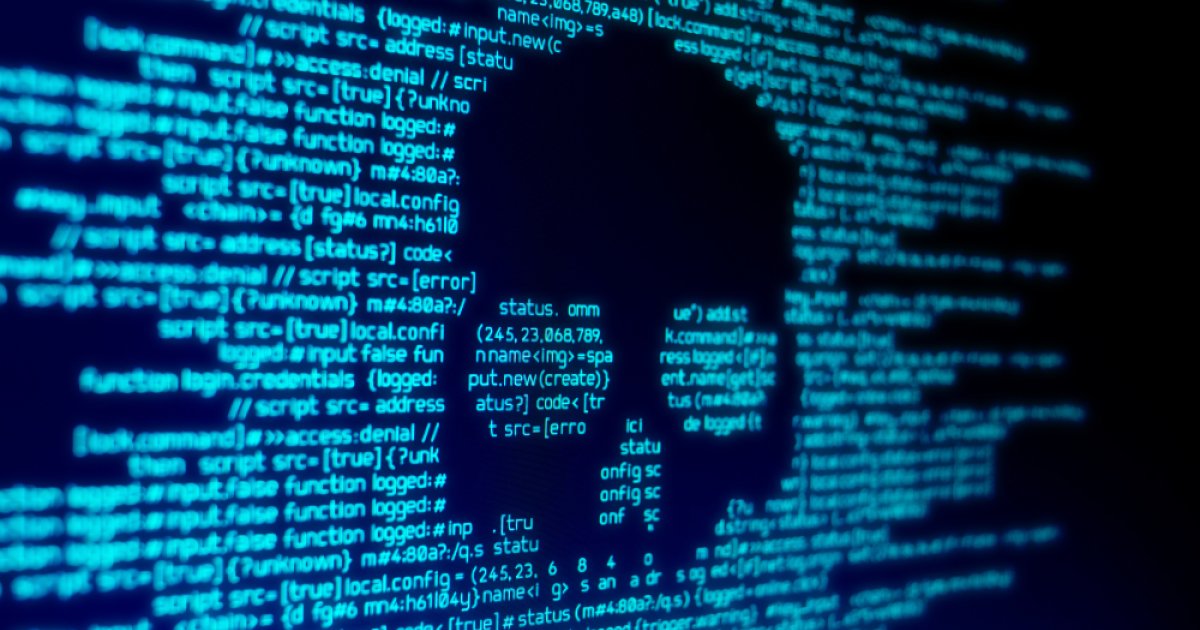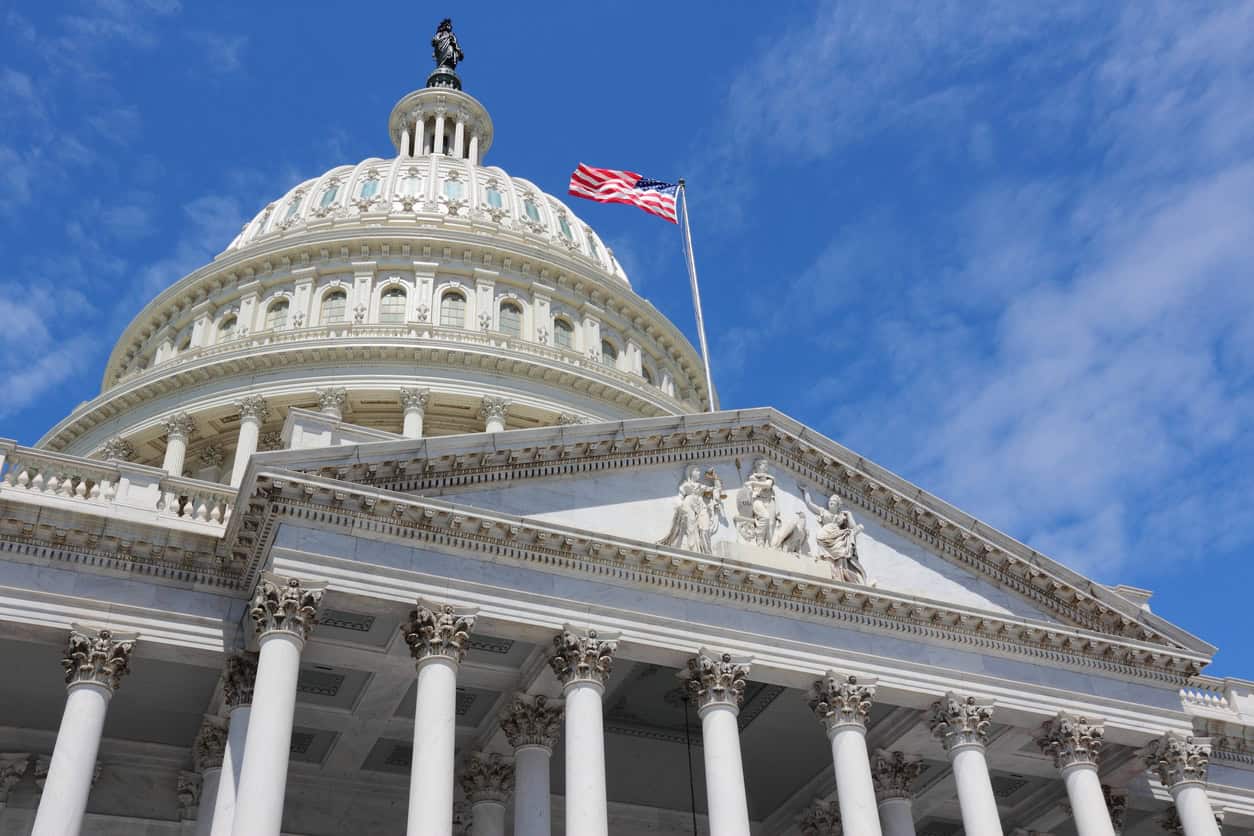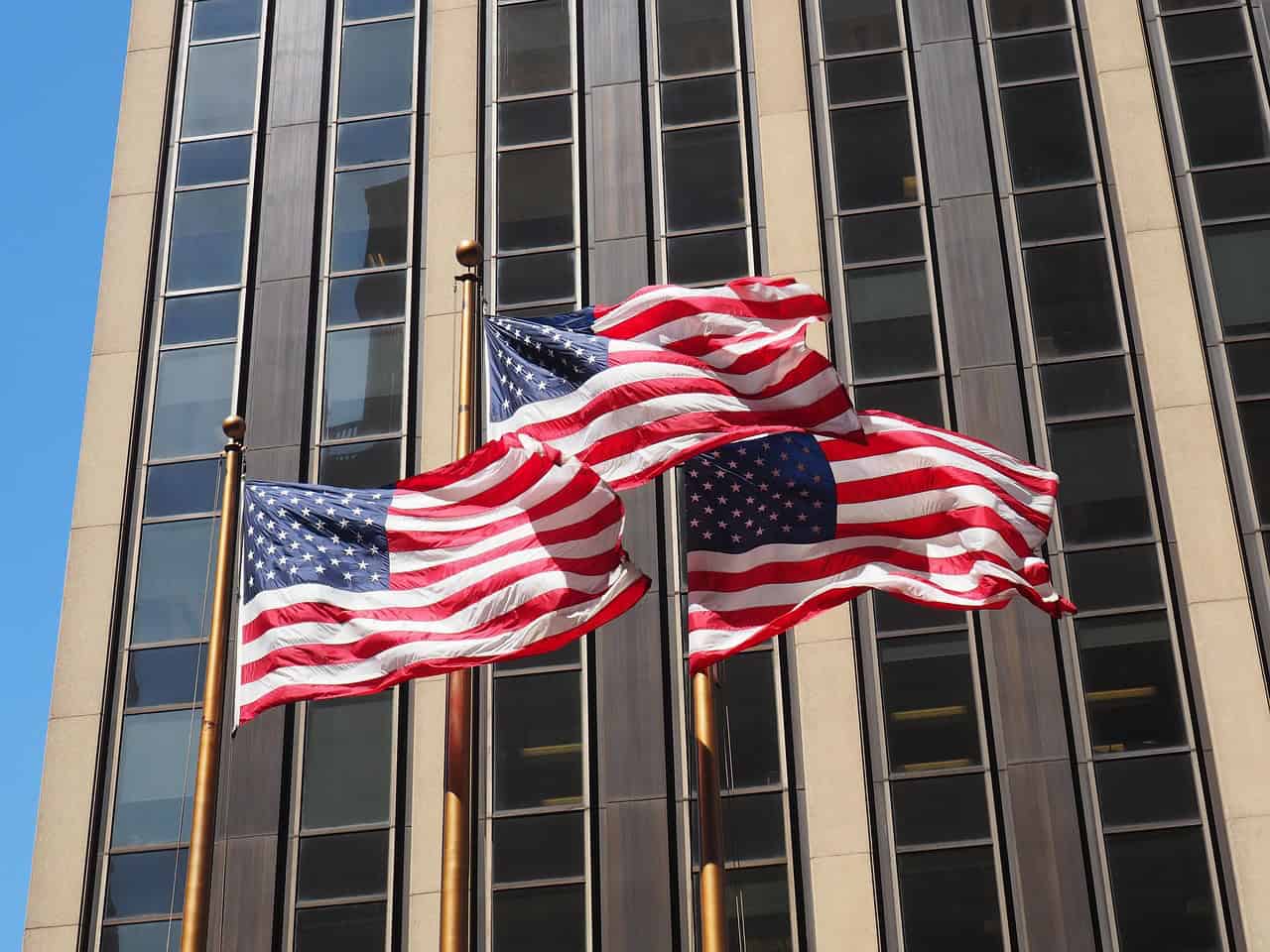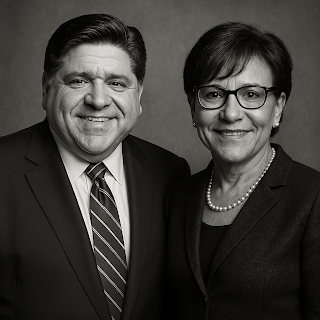Min, a student from Bangladesh, remembers his excitement after learning he had been accepted into a US university. It meant he would be learning from some the world’s leading medical experts in healthcare – learning skills he hopes to use to improve the healthcare system in his home country.
Min, who asked not to use his name due to the enhanced US screening policies, was recently granted a visa and is due to start his freshman year this fall.
The road to get there, however, was not a smooth one. Following the State Department’s three-week worldwide pause on interviews in June, and the implementation of enhanced screening policies, many of Min’s peers had their interview appointments delayed.
It took Min three months to secure his required interview at the embassy for his student visa. He said the software used to schedule the interview kept crashing and the embassy had limited appointment times, checking multiple times a day for openings.
While Min saw his visa approved, several of his friends had their student visas denied at the end of their interview, he said, leading some of them to apply for universities in other countries. Most often, it’s another English-speaking country, since that’s the most common secondary language for Bangladeshi students, he said.
“In recent, years, a lot of my friends have applied to Australia, because for the US, there are more uncertainties,” Min said.
The student visa application process has come into the spotlight recently. That’s because of the Trump administration’s changes to how visa officers review students’ social media activity. Some visa applicants have expressed concerns that the policies could lead to an increase in visa denials.
However, education nonprofits have for years raised alarms about high rates of visa denials and long interview wait times – warning it could hinder the global competitiveness of US higher education.
Visa denials differ for world regions
The US State Department rejected over 650,000 student visa applications worldwide from 2018 through 2022. Students from developing nations in South Asia and Africa have their visas rejected at much higher rates compared to those from wealthier countries.
That’s according to a study that looked at eight years’ data – authored by The Presidents’ Alliance and Shorelight student support company. The report shines a light on experiences of students from Asia and Africa, who struggle with long wait times to schedule visa interviews.
For European students who apply to study in the US, getting denied entry is rare – fewer than 8% in 2023, according to the study. That’s a stark difference from Africa, where 61% of students were denied a visa that year, not including South Africa and some neighbouring countries with very low denial rates. For South Asia, including Nepal, between 36% and 55% students have their visas denied each year.
The world’s population of young, smart minds is exploding out of sub-Saharan Africa
Carly O’Keefe, Monroe Community College, Rochester
Rajika Bhandari, a senior advisor with the Presidents’ Alliance who led the study, said the findings reflect patterns that college administrators have noticed for decades.
“From the campus perspective, these students have been fully vetted and deemed worthy of being offered admission,” said Bhandari, once a US international student herself. “Yet they’re facing this final barrier.”
A visa officer decides whether to grant a student entry after interviewing them at an embassy or consulate. One goal of the interview, lasting several minutes at most, is to assess whether the student is likely to return to their homeland after graduating.
If the student can’t demonstrate strong homeland connections – such as through owning property, having a job lined up after graduation, or strong family ties – it can be grounds for denial. The visa officer will also review documents showing the student’s eligibility to study internationally, including financial statements showing the student can afford college.
Many students, Bhandari said, have expressed concerns to college leaders that they’ve met every requirement but are still denied – leaving them bewildered. Visa officers rarely share the specific reason for the denial with applicants.
“You may go back a second time and be denied yet again because you don’t know what it is that you need to fix,” Bhandari said.
The State Department didn’t directly respond to a request for comment but has said in the past that it’s committed to a fair visa review process. The department said that applications, especially from Africa, have skyrocketed in the past few years and “a commensurate increase in denials is expected.”
According to the department, more visas were issued to African students in 2023 than ever before, with Nigerian students granted the highest share. However, the visa denial rate for African students grew that year by three percentage points, according to the study, while the denial rate for European and South American students dropped.
The State Department doesn’t publish data on visa denials but does disclose how many student visas are issued for each country every month. So far this year, the number of F-1 visas issued for Nigerian students is 23% less compared to this time last year, based on data published through May. For Bangladeshi students, like Min, the number of visas issued is about the same as last year.
Experience with getting a visa denied
Sooraj Sahani, entering his sophomore year at Texas State, knows how confusing and emotional it can be to have a visa denied. He had his visa denied on the first try, before applying again and getting it approved three weeks before the start of freshman year in fall of 2024.
In his village in the plains of Nepal, Sahani fed his fascination for physics by taking online classes from some of the world’s top experts. He aspired to be like the professors who mentored him virtually through the World Science Scholars program, a nonprofit based in New York City. That’s why Sahani decided he wanted to study at a US university, determined to become a theoretical physics researcher.
When he learned that Texas State was offering him a full undergraduate scholarship, he thought he was on track to fulfil his dream. His scholarship meant the US couldn’t deny his student visa for financial reasons, Sahani said. But he still ran into issues.
When Sahani tried last summer to book a visa interview appointment for the US embassy in Kathmandu, Nepal, all the slots were full for weeks. Instead, he traveled to New Delhi for an interview with a visa officer. Sahani said that, at the end of the roughly one-minute interview, the officer told him he wasn’t eligible for a visa without any explanation.
Students can wait up to nine months for a US visa interview in Dhaka, Bangladesh
US State Department data
“With a very sad face, I had to come back from India. It took me some time to tell myself that, OK, it happens. I’m not giving up,” he said.
After getting his visa denied, Sahani scheduled his second visa interview appointment at the embassy in Kathmandu. To secure a slot, he repeatedly woke up in the middle of the night to check online for appointments.
“I woke up at 2am, 3am, 4am, just to see if there was a visa slot. We have a lot of students applying for the US but we just have one embassy,” he said.
Since releasing its study, the Presidents’ Alliance and other education nonprofits have met with State Department leaders about improving visa processing. The department says it’s made progress in lowering wait times worldwide by hiring more staff and giving visa officers the authority to waive some interviews.
However, some countries still have too few embassies or staff members to keep up with the high number of students, Bhandari said. For the embassy in Dhaka, Bangladesh, it’s currently a nine month wait time for a student visa interview, according to the department’s website.
“Academic loss and economic loss”
Higher education leaders warn that if visa issues persist, they’ll hinder the US’s global competitiveness. In January NAFSA wrote a letter to the incoming Trump administration calling for action to make visa processing times more predictable. The letter also advocates for creating a pathway for international students to become permanent residents after graduation, which, according to Bhandari, may help to address visa denials.
If students can choose to live and work in the US after graduation, they wouldn’t have to prove their intentions to return to their home country – a source of many denials. In April, Congress introduced the Keep STEM Talent Act with bipartisan support, aiming to create this kind of “dual intent” pathway for international students pursuing science, technology, or maths degrees. Most of the 1.1 million international students who came to the US last academic year chose STEM fields.
The high rate of visa denial for African students is both an academic loss and an economic loss, said Carly O’Keefe, the designated school official for international student enrolment at Monroe Community College in Rochester, NY.
Like many other states, college enrolment in New York has been declining. New York’s comptroller warns that 2025 could mark the start of an “enrolment cliff” – a sharp decline in applications reflecting the steady decline in US births since a historic high in 2007. Several colleges in the state have closed in recent years due to low enrolment.
Meanwhile, Africa’s young population is increasing. By 2050, Nigeria is expected to become the world’s third most populous country, behind only India and China. Africa isn’t just full of college-aged youth, O’Keefe said, but also innovation led by youth. As technology is becoming more available in Africa, the number of youth-led startups is booming.
“The world’s population of young, smart minds is exploding out of sub-Saharan Africa,” she said. “Just think of the brain power and the potential talent in the world.”
Last fall, MCC welcomed about 90 international students, the most since 2018, from 30 countries. However, as with most colleges that host international students, the number enrolled was fewer than the number who planned to come because of visa denials. Colleges across the US, O’Keefe said, are missing out on talent because of the denials.
“We’re potentially missing out on very qualified students enrolling at our colleges and universities across the country that could be doing amazing academic work,” she said.











